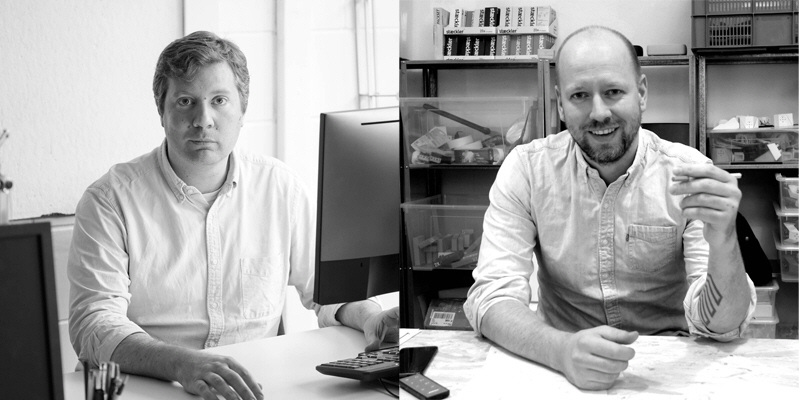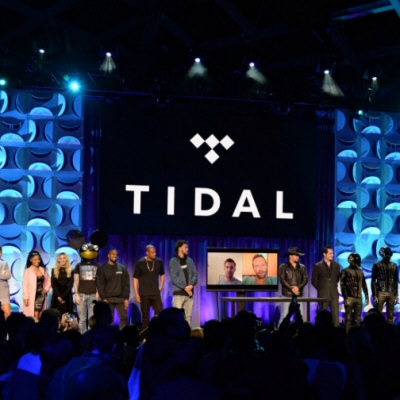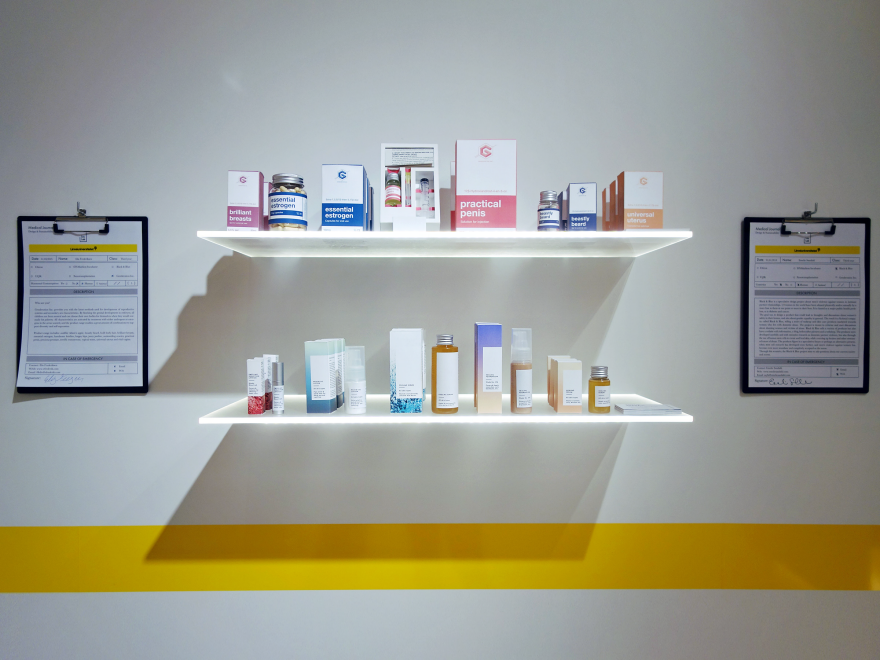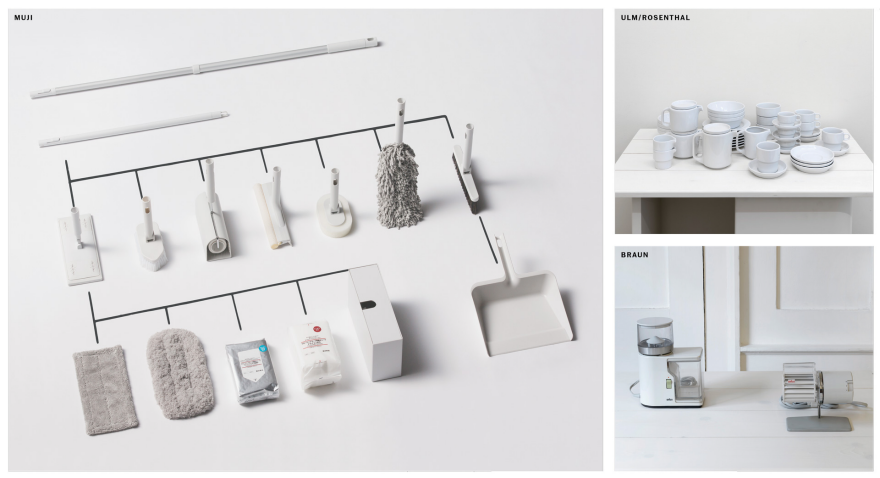Our Core77 Design Awards deadline is inching closer and closer—less than two weeks left to send your entry in under our Regular Deadline! As you prepare to submit one of your best design projects, learn through our Jury Captain series about who will be judging your submissions and what they'll be looking for this year. Week 1 we chatted with captains for Design Concept, Visual Communication and Furniture & Lighting categories. Last week, we caught up with the Transportation, Design Education Initiative and Service Design judges.
Our latest bundle of interviews concentrates on the jury team leaders for three important categories—Consumer Product, Built Environment, and Strategy & Research.
![]() Ian Ferguson (left) and Martin Postler (right)
Ian Ferguson (left) and Martin Postler (right)Ian Ferguson & Martin Postler, 2017 Consumer Product
Founders, PostlerFerguson
Martin Postler and Ian Ferguson are the founders and directors of PostlerFerguson, an industrial design office creating products for a meaningful future. PostlerFerguson works with clients to design and develop products combining bold creative vision with refined technical solutions. With offices in London and Hamburg, they have an international roster of clients including LG Electronics, Nike, Acoustic Research, Nudeaudio, the Massachusetts Institute of Technology and Victoria and Albert Museum.
PostlerFerguson talks with Core77 about their time spent designing consumer products—we discuss their favorite kinds of projects to work on, the rewards and challenges of working with small vs. bigger clients as well as what they are looking for in the 2017 Core77 Design Awards consumer product submissions.
Co-founder, Lateral Office
Lola Sheppard received her B.Arch from McGill University and M.Arch from Harvard Graduate School of Design. She is Associate Professor at the University of Waterloo. Together with Mason White, she founded Lateral Office in 2003. Lateral Office is an architecture practice that operates at the intersection of architecture, landscape, and urbanism. The studio describes its practice process as a commitment to design as a research vehicle to pose and respond to complex, urgent questions in the built environment, engaging in the wider context and climate of a project– social, ecological, or political.
Designing environments combines many design fields and skill sets. What does a typical built environment team look like? What skills do designers need to bring to the table in order to design successful projects?
A built in environment team should bring together designers from a wide range of disciplines and approaches. Depending on the project this might include architects, landscape architects, fabrication designers Interior architects, etc...The negotiation of scales and priorities can only enrich the project.
Why is it important for architects and designers working in the field of built environments to integrate material and technological research into their own practice?
Design is, necessarily, a material practice: new materials and technologies offer opportunities for innovation and invention. In other instances, use of traditional materials in new.
What are some important considerations designers often overlook when creating built environments?
Because designers' work begins in the form of drawings, models and renders, it is easy to focus on how a project looks rather than how it is experienced, who uses it and how, how it will weather and change use over time, and how it can accommodate for contingency and unpredictability.
Nicolas leads projects at the intersection of innovation, branding and transformation, with deep expertise in both design and business strategy. Over the past 15 years, he has designed a wide range of products, services, and environments. At SYPartners, he's helped IBM, AARP and Johnson & Johnson bring to life new visions for their businesses and brands; imagined customer experiences for Old Navy, Blue Shield, and Target; and designed exhibits for Nike and IBM.
The projects you work on for SY Partners help companies transform their organizations through branding and innovation. What's your background before this and what led you to what you're doing now?
I grew up in France where I got an MBA and an MFA in industrial design. In 2005, I was working as an industrial designer in Paris. My wife and I decided to move to the US. I contacted dozens of design firm on both coasts. Back then, having a hybrid business and design background was uncommon. People didn't know what box to put me in. I had a few good conversations in the Bay Area. I came to SYPartners for a short interview and ended up meeting half of the office. Right away, it felt like a great fit. I got an offer the following day. And never left.
How has the relationship between strategy & research and design changed in recent years? How have these changes affected your role?
SYPartners believes in the fusion of design and strategy. Our teams include both strategists and designers from start to finish. There's no handoff. The traditional boundaries tend to blur. Designers are expected to think strategically and strategists are expected to understand design.
We do that for three reasons.
+ Designers help make the strategy stronger and more unique: The problems we address are complex enough that multiple perspectives are needed to solve them. By gathering MBAs, behavioral scientists, engineers and designers in our teams, we can be much more creative and systemic in our approach.
+ Designers translate the strategy into experiences that build belief: To be successful, a strategy doesn't just have to be understood. It has to be felt. A few years ago, we crafted the CSR strategy of a famous apparel brand. We first shared a simple deck and people nodded along. They got it, but it didn't move them. Then we turned the strategy into an immersive exhibit including sound, powerful artifacts, lighting design... Employees, from the founder to interns, came in and teared up. They could feel the strategy's intent, viscerally. Only then did they truly believe in it.
+ Designers help close the gap between strategy and execution by making the strategy real faster: Strategies often look great on paper and prove impossible to execute. We're trying to reduce the execution risk by adopting agile methods in our consulting practice. Our teams are building the strategy and immediately prototyping its implications. Increasingly, deck-driven strategy is replaced by prototype-driven strategy. One example is our work with a large membership organization. As we help shape their long-term brand strategy, we immediately apply our hypotheses to their current campaign. We're working on two different timeframes at once — the long term brand positioning and the design of this season's ads. The two tracks inform each other.
From physical Nike installations to imagined brand experiences for Yahoo!, you've worked on it all. Are there any research methods that are relevant to every project you work on? Are there different methods you use for digital projects as opposed to physical ones?
We use a wide range of methods, from conducting ethnographies and surveys to commissioning academic studies. We spend as much time researching the purpose, culture, and structure of the organizations we work with as we do exploring the market, societal and technological forces shaping their environment. In our experience, majoring on the research of external forces at the expense of internal dynamics leads to solutions that make sense from a market perspective but fail to be embraced by the organization. That's why we put equal emphasis on understanding internal and external systems.
What are you hoping to see in the Design Award entries this year?
Projects that turn confusion into clarity.
Projects that help people bring purpose into their lives.
Projects that help people transform and show up at their best.
Projects that help people belong.
Projects that break barriers and build bridges.
Projects that embody optimism and aspiration, without being naïve.
Refine your projects and enter them in the 2017 Core77 Design Awards today! Regular prices end March 8.
![]()































































































